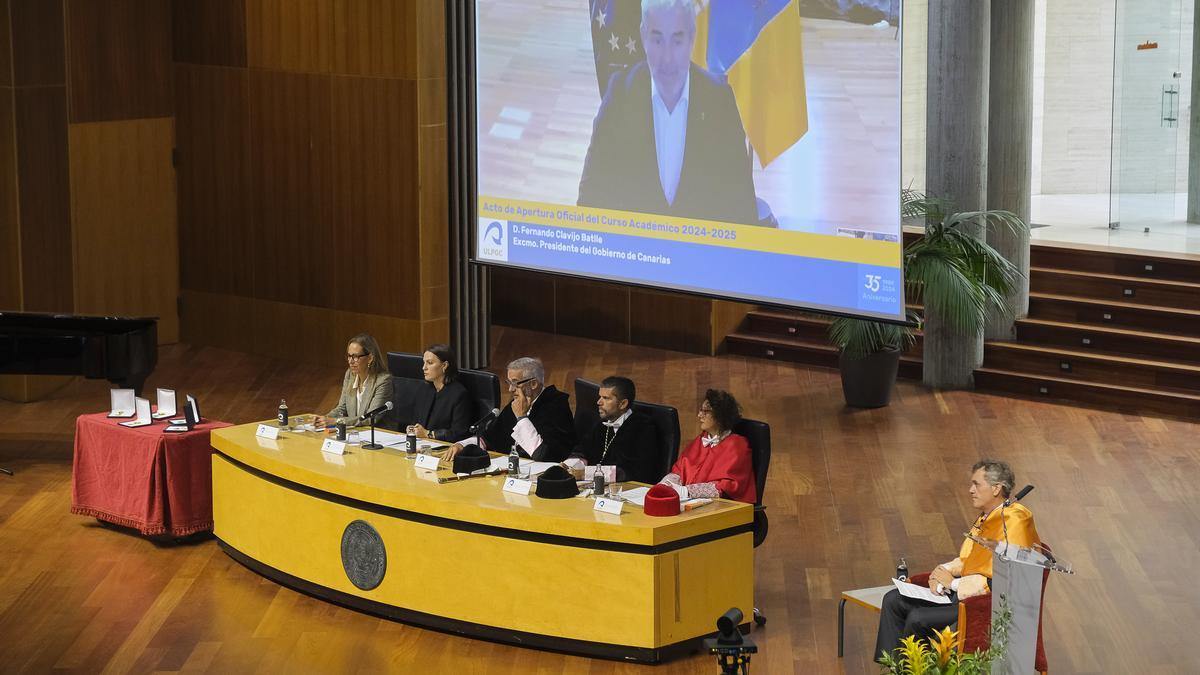The Andalusian Government's Department of Sustainability and Environment will allocate approximately €1.3 million (€1,255,239, including VAT) to remove asbestos from 35 infrastructures in natural spaces. Specifically, the province of Granada will be the one where the largest number of activities have been planned, with a total of 19, followed by Jaén, with five; Cádiz, with four; and three in Cordoba And one in Almeria, Huelva, Malaga and Seville.
This is evident in the tender published by the Council and reviewed by it. European Presswhich specifies that the Environment and Water Agency (Amaia) is the promoter of this project that has received European funds from the Recovery and Resilience Mechanism (MRR). The contract is divided into four lots: Almería and Granada (€902,583); Cádiz and Málaga (€86,956); Córdoba and Jaén (€189,597) and Córdoba, Huelva and Seville (€76,102).
The infrastructures to be de-asbestosed have been identified thanks to the work carried out by the General Directorate for the Management of the Natural Environment and Protected Spaces, which has enabled the identification of the locations of fibrous cement elements with asbestos content in 24 National Parks and two National Parks in the Andalusian Community, as is the case in the Sierra Nevada.
The entry into force of the Order of 7 December 2001 which made Community Directive 1999/77/EC applicable, put an end to the use of fibre cement with asbestos fibres in construction in Spain. Its use was banned in 2002 after it was shown to be a level 1 carcinogen. However, this ban left the already installed equipment and whose useful life had already ended (as in most cases) in a “state of limbo”, which could cause “serious health problems”.
For this reason, there are still structures from previous years that can be maintained until the end of their useful life, as long as they are in good condition. The useful life of asbestos is considered to be around 30 years, at which time the fiber cement containing asbestos particles begins to lose its properties as a material. All fiber cement present in natural areas must have exceeded or come close to exceeding this useful life, making its removal “recommended,” as stated in the Autonomous Administration’s tender.
The Andalusian Environment and Water Agency, in collaboration and at the request of the General Directorate for the Management of the Natural Environment and Protected Areas, carried out field work to collect and process data that allowed the preparation of a report or inventory whose main objective was to detect the presence of asbestos-containing fibrous cement elements present in 24 natural parks and two national parks in Andalusia.





